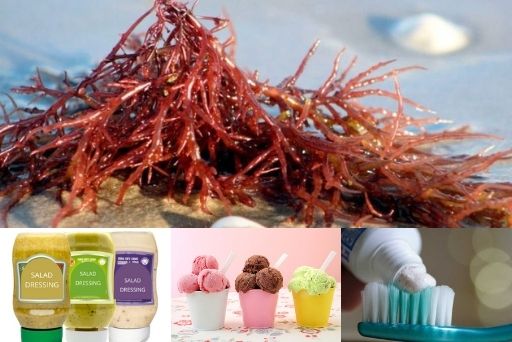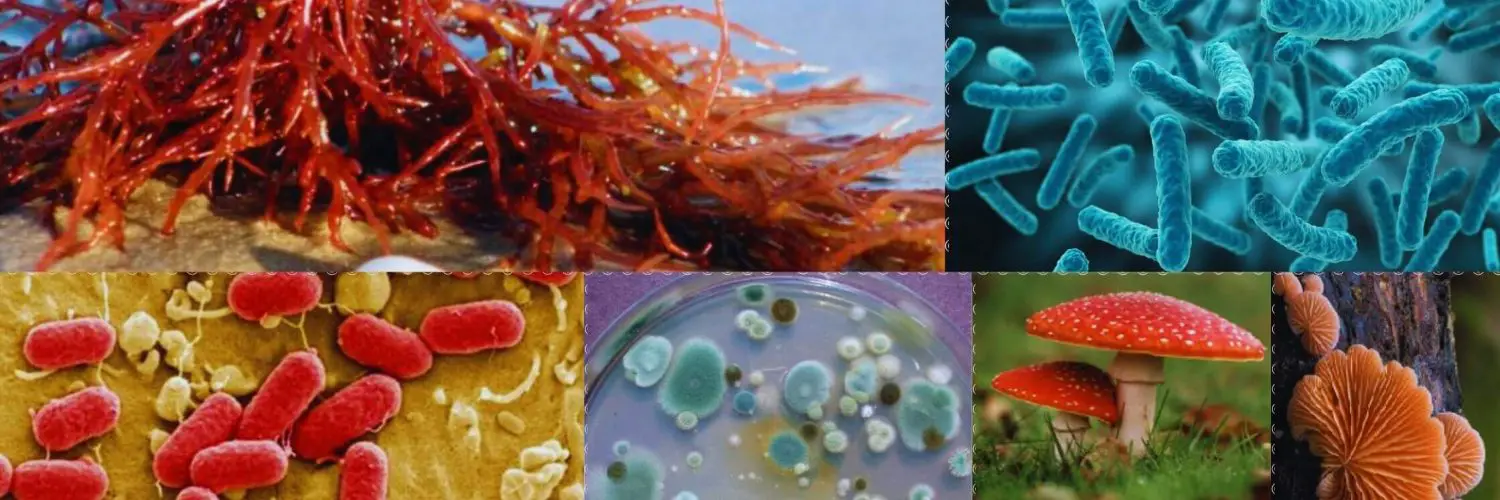Are you ready to give the ultra-small bacteria an official place on the life tree? We do not think so. But, at a size of just 0.009 microns, you will be amazed at knowing how minuscule life can get. For instance, over 150 bacteria could be residing inside the cell of E.coli. These minute organisms cannot be imaged and are incredibly fragile. Even with a microscope’s help, it is difficult to get a shot of some of them. However, a capable researcher managed to somehow get a snapshot of the bacteria by freezing it at -457 degrees Fahrenheit. Two degrees below the zero degrees, can you beat that? If you are willing to gather information about the smallest living organisms on earth, this blog may be the one you are hunting for. Read on.
Eukaryotic microorganisms
The Eukarya domain contains multicellular and unicellular eukaryotes. These include animals, plants, fungi, and protists. If you are interested in knowing what defines the eukaryotes’ characteristics, you must understand that they have a nucleus. Here is a list of protists.

- Algae
Algae are multicellular and unicellular plant-like protists. Cell walls surround their cells, and the cells’ walls are made of a kind of carbohydrate. They are the photosynthetic organisms that release carbohydrates and oxygen into the environment by extracting the sun’s energy. Did you know that algae are the crucial parts of several ecosystems? That is because other organisms can use algae’s waste products to make energy. Have you ever seen the names, alginic acid or carrageenan printed behind an ice-cream’s ingredient list? These algae derivatives are ingredients in many ice-cream brands, toothpaste, beverages, and salad dressing even.
- Fungi
Fungus or Fungi are eukaryotes as well. They are not photosynthetic, and their cell walls are made of chitin as opposed to cellulose. Mushrooms are a kind of fungi that bear a resemblance to plants, but they are very different. Yeasts are unicellular fungi that you can find in multiple environments. From human navel to the deep seafloor, yeast is everywhere. Yeasts are beneficial for the fermentation of beverages and also make bread rise. However, sometimes they can also cause oral thrush, vaginal infections, and spoil food.

- Molds
Molds are another kind of fungi, but they are multicellular. They can be found olds in all sorts of environments. From damp bathroom corners to rotting food and soil, molds are everywhere. Some molds cause allergies, while some play a crucial role in decomposing animals and plants. Molds can produce mycotoxins that are disease-causing metabolites. Did you know the molds are used in making pharmaceuticals? Cyclosporine and penicillin are the common antibiotics that have molds infused in them.
Prokaryotic microorganisms
- Archaea
Archaea are unicellular prokaryotic organisms. Bacteria and archaea have distinct evolutionary histories, and they also differ in cell wall’s composition, metabolic pathways, and genetics. The archaeal have cell walls that do not have peptidoglycan, unlike bacteria. You will find archaea in many habitats on this planet, just like bacteria. You will find the Archaea in the most acidic, very basic, very hot, very cold, and all kinds of extreme environments. If you ever look at Yellowstone National Park’s hot spring named Morning Glory, you will find archaea thriving. The ombre effect of yellow and green due to the water’s varying temperatures here led to the growth of these microbes.

- Bacteria
You can find bacteria in every habitat of planet earth, both on us and within us. Most of these bacteria are helpful and harmless. But, some pathogens in the form of bacteria cause severe diseases in animals and humans. A bacterium is prokaryotic because its DNA (genetic material) does not stay within the true nucleus. Bacteria contain cell walls that have peptidoglycan. They have multiple metabolic capabilities and can grow in different environments, all types of nutrient combinations. Some bacteria like green non-sulfur and anoxygenic green sulfur are photosynthetic.
The mini alien life
Microbiologists worldwide are researching in hi-tech labs to surprise the world with news of the smallest organism. Some countries are even developing tools to discover mini aliens that we may not have known about.


























